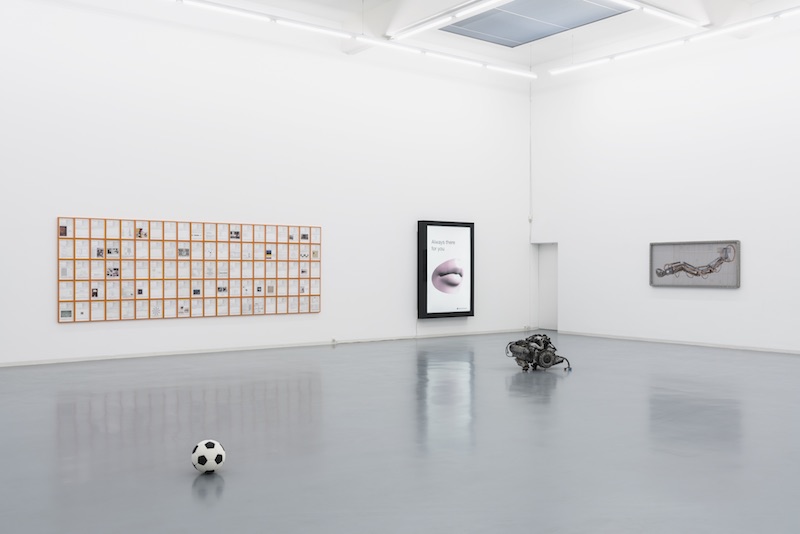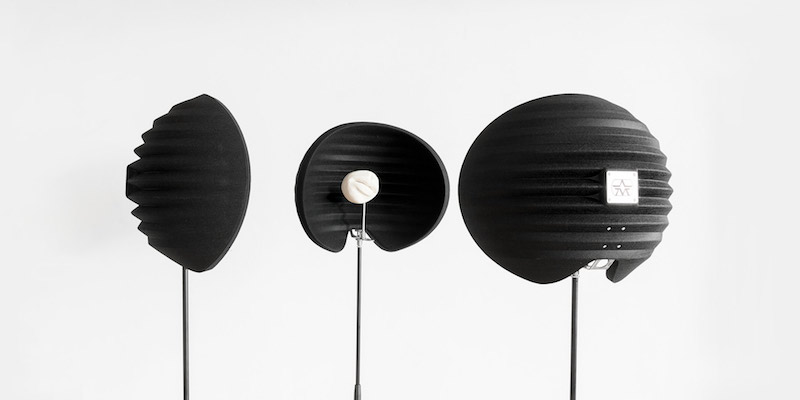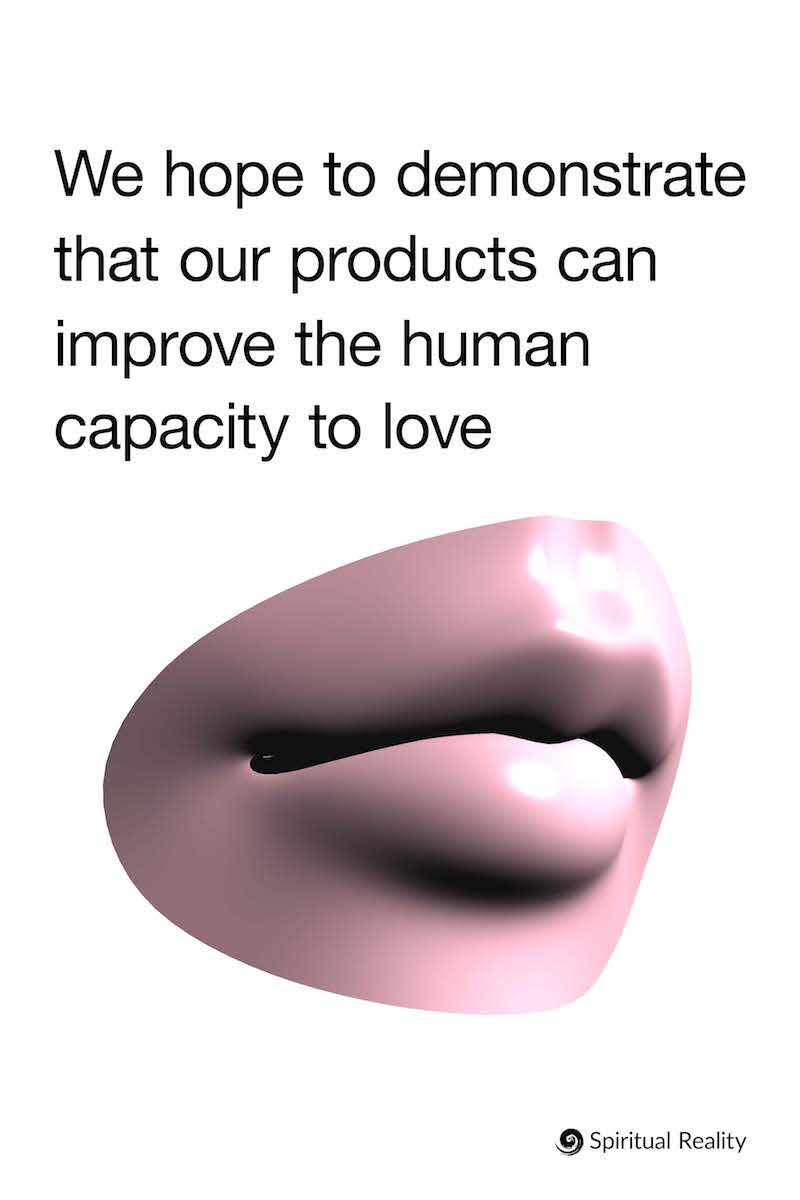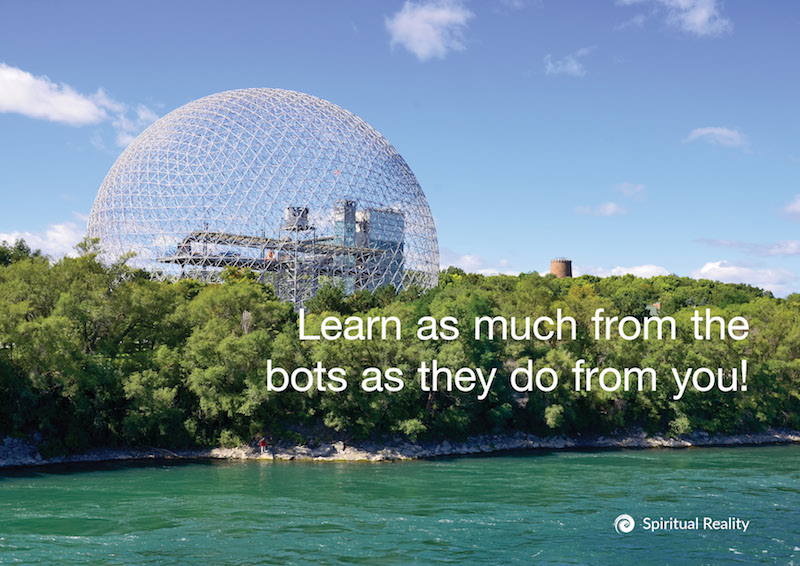by William Kherbek // Jan. 23, 2024
This article is part of our feature topic Utopia.
In 1930, the economist John Maynard Keynes wrote a famous essay entitled ‘The Economic Possibilities of Our Grandchildren.’ Calculating the timelines, if you’re a geriatric millennial, “our grandchildren” more or less means you. The world of 1930 as described by Keynes—one of major technological advancement coupled with pessimism and anxiety—is certainly recognisable to The Grandchildren. But what of his predictions? Are we, as he wrote, living in a world where the material needs of everyone are “satisfied in the sense that we prefer to devote our energies to non-economic purposes.” The word ‘prefer’ may be doing a lot of work in Keynes’ proposition, but without wanting to spoil the ending of a hundred-year story, things didn’t quite turn out that way. But just because things didn’t go the way Keynes predicted doesn’t mean they couldn’t have, or still can’t.
The anxieties surrounding AI and mass unemployment are akin to the fear of machines in Keynes’ time, and at least some contemporary artists have made it their business to imagine a more hopeful vision for the economic prospects of their grandchildren, in the manner of the legendary economist. The Berlin-based artist collective Lou Cantor—comprised of Kolja Glaeser and Jozefina Chetko—have been considering the ways humans, objects and machines relate to each other over the course of their practice. Their current project ‘Spiritual Reality’ is a multi-media exploration of a world in which AI is actually applied to the task of human liberation, instead of extraction. In their vision, work—or, perhaps, labour—is radically reduced, relegated to the province of machines and a few specialists. The opportunity to contemplate ‘non-economic’ concerns of a spiritual or philosophical nature becomes the main concern of humanity. Below, we discuss the ways in which the de-centring of work might allow for the majority of humanity to explore what it actually means to be human.

Lou Cantor: ‘Spiritual Reality,’ 2017, installation view, ‘The Policeman´s Beard is Half Constructed: Art in the Age of Artificial Intelligence,’ Bonner Kunstverein // Photo by Anne Pöhlmann
William Kherbek: ‘Spiritual Reality’ is premised on the advance of mass automation into the workplace, historically this has often resulted in displacement of jobs and poverty, but ‘Spiritual Reality’ imagines the moment as an opportunity for personal growth. Could you discuss how you came to the project? Do you consider it to be a utopian project?
Lou Cantor: ‘Spiritual Reality’ takes an intentionally ambiguous stance. It is actually drawing inspiration from early washing machine advertisements that hailed automation as a means to create surplus time for spiritual development. This perspective, rooted in historical narratives where technological advancements promised improved living standards for all, resonates with the cautionary insights of early technologists, like William Morris, who foresaw that the benefits might only extend to a privileged few, leaving any utopian ideals unfulfilled.
Our project serves as an exploration into human nature, delving into the parallels between current events and past ones, beliefs, as well as social dynamics. We consider advertising as a revealing expression of societal aspirations. However, it’s crucial to acknowledge the concerns associated with the deployment of cutting-edge technologies. In our latest work, we’ve been influenced by Nita A. Farahany’s book ‘The Battle for Your Brain.’ The book delves into the potential ramifications of employing the latest technologies for enhanced mental monitoring and mind manipulation. The unease is exacerbated by the fact that these capabilities are already in existence, but lack sufficient legislative oversight.

Lou Cantor: ‘Spiritual Reality,’ 2019, acrylic resin, sound screen, dimensions variable // Courtesy of the artists
WK: There is also a lot of anxiety about AI intruding into the creative professions, but very little about AI creating opportunities for humans to explore making art. In theory, the extra time automation would create could offer a a chance for people trapped in unpleasant jobs to find new creative lives. There does seem to be an impulse to only see dystopian applications of technology in the workplace. Do you think it can be genuinely liberatory?
LC: In our perspective, we view AI as a tool. As with any tool, its impact extends into different aspects of human psychology, introducing elements of ambiguity and anxiety that reshape various aspects of creative endeavors. While AI may render some unsophisticated creative work obsolete, we don’t foresee it autonomously creating art in the truest sense. We would rather compare the rare instance in which AI creates an artwork to something like finding a particularly pretty pebble; one can see the act of art-making in the finding rather than geological processes.
We also find the evolving landscape intriguing, particularly regarding the changes AI may bring to the study of intersubjectivity. Envisioning a future where a significant portion of society is professionally engaged in [ChatGPT] prompt writing raises intriguing possibilities. It suggests a shift in how individuals interact, collaborate, and contribute to the collective creative space, potentially fostering a liberatory environment where AI serves as a catalyst for newfound expressions of human creativity, rather than as a threat to established artistic practices. I think we might expect poetry to become more popular.

Lou Cantor: ‘Spiritual Reality – Care,’ 2018, backlight roll poster display, 5 c-prints on paper, 210x150x15 cm // Courtesy of the artists
WK: In terms of the way language is used in the work, there is a lot of referencing the ‘slogan’ as a form of communication. Public bodies historically have used the slogan to address wide audiences and affect behaviour. Could you speak about the ways you use slogans (or ‘mantras’ to use a more directly spiritual term) in the works and how language plays a role in ‘resetting’ ideas and behaviours?
LC: The use of slogans or mantras holds a significant place in our work. First and foremost, we recognize the intricate, yet fundamentally comprehensible, nature of human perception. This perceptual mechanism has evolved over millennia and has been shaped by centuries of culture. We believe that understanding these mechanisms is feasible, and advertising agencies, with their substantial investments in mastering our perceptual capacities, offer potentially useful insights. By reformatting their work, we tap into this reservoir of knowledge, seeking to unravel and repurpose the ways in which language influences human behaviour.
And we are intrigued by the political dimensions inherent in slogans. The connection between identity and simplified versions of reality encapsulated in political slogans is profound. These succinct expressions wield significant power in shaping collective beliefs, ideologies and behaviours. Through our exploration of slogans, we aim to dissect and, in some cases, challenge the prevailing political narratives embedded in them.
Our interest extends to the transformative nature of symbols and how a seemingly ordinary phrase like ‘just do it’ can transcend its status as a common figure of speech. The evolution of such expressions from being democratic and publicly owned to becoming the intellectual property of private entities is fascinating to observe. This metamorphosis highlights the malleability of language and its ability to shift between categories, reflecting broader societal changes and power dynamics.

Lou Cantor: ‘Spiritual Reality,’ 2017, 70×100 cm, c-print, Decad, Berlin // Courtesy of the artists
WK: The notions of the spiritual and the mechanical (or machinic) are often placed in discourse as opposites, but the work seems to reject a science vs. spirit dichotomy. Could you speak about this aspect of the work, especially in terms of the title; for example, you could have called it ‘AI Philosophy Friend’ or ‘Your Post-Work Pal’ or something, but you emphasise the spiritual, what was behind that decision?
LC: We aim to challenge and transcend this dichotomy by envisioning a harmonious integration of the spiritual and the automated. In our conceptualisation, the spiritual is not necessarily antithetical to the mechanical; instead, we see the mechanical as a potentially profound expression of the spiritual.
We acknowledge that spiritual practices often involve repetitive rituals, a process that may seem mundane or even mechanical. For instance, Tibetan prayer wheels, Catholic prayer cycles and Mexican prayer candles ‘automate’ certain aspects of spiritual practices, revealing how psychic technologies can facilitate and enhance these rituals.
WK: Contemporary Silicon Valley burnouts often speak of a sense of spiritual void or absence in their lives. There could be numerous reasons for this phenomenon, but one aspect might be the ‘optimisation’ culture that predominates there, the determination to achieve maximal results in some highly engineered, highly specific way. A lot of technology has a narrowing effect, e.g. filter bubbles. Do you have a sense of how ‘spiritual technologies’ can broaden rather than narrow worldviews?
LC: It’s easy to envision that the act of creating (or trying to create) a thinking being through code might induce a God-like feeling, leading to a sense of spiritual or religious emptiness. Interestingly, this sensation is not unique to the development of artificial minds. Historically, powerful machines, like steam engines, have prompted similar feelings. When exploring spiritual technologies to counteract this, practices focusing on guided meditations and NSDR (Non-sleep deep rest) have been shown to be effective. Advances in technology, such as headphones that monitor raw brain waves, present exciting and daunting prospects. While the idea may instill some fear, it promises also to enhance meditation practices by providing insights into the proximity of achieving a state of deep rest or perhaps even Nirvana.

Lou Cantor: ‘Spiritual Reality – Care,’ 2018, backlight roll poster display, 5 c-prints on paper, 210x150x15 cm // Courtesy of the artists
WK: Do you think automation can facilitate utopian thinking? And how can art facilitate that process without giving into naivety, or being coopted by the businesses that currently dominate the AI/tech space?
LC: Automation framed within the context of utopian thinking offers a narrative canvas where both utopia and dystopia can function as powerful narrative tools. In storytelling, the hyperbolic expression becomes a potent device, allowing storytellers to leverage the audience’s experience of extremes without delving into exhaustive explanations. This narrative approach provides more space for creativity and exploration in crafting compelling stories.
Art, as a facilitator of utopian thinking, can play a crucial role in this delicate balance. It can serve as a reflective and critical lens, offering nuanced perspectives on the impact of automation on society. By exploring the possibilities and pitfalls through artistic expression, we can engage audiences in conversations about the future without succumbing to naïvety.






















